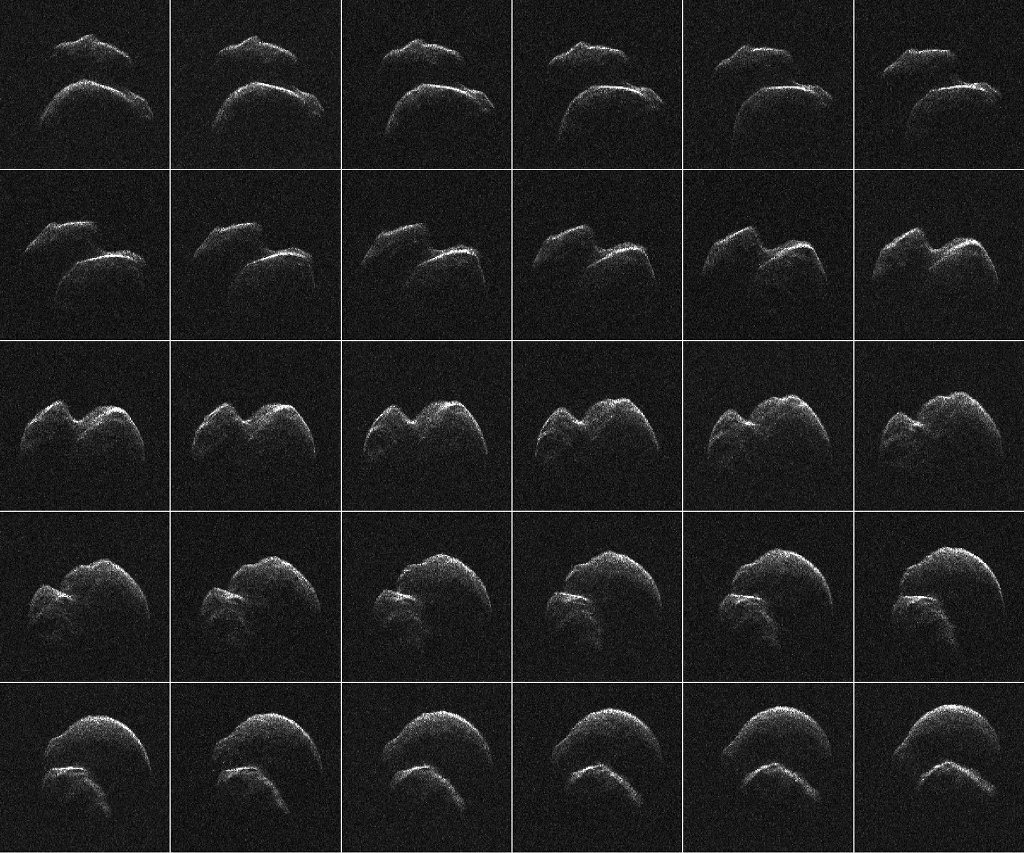The first 3-D quantum liquid crystals may have applications in quantum computing, report scientists. Liquid crystals fall somewhere in between a liquid and a solid: they are made up of molecules that flow around freely as if they were a liquid but are all oriented in the same direction, as in a solid. Liquid crystals can be found in nature, such as in biological cell membranes. Alternatively, they can be made artificially -- such as those found in the liquid crystal displays commonly used in watches, smartphones, televisions, and other items that have display screens.
via Science Daily
